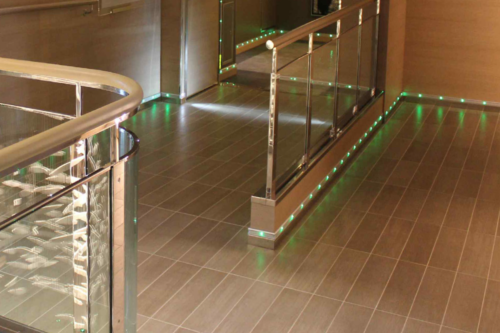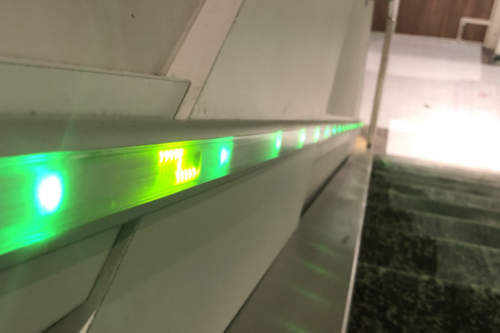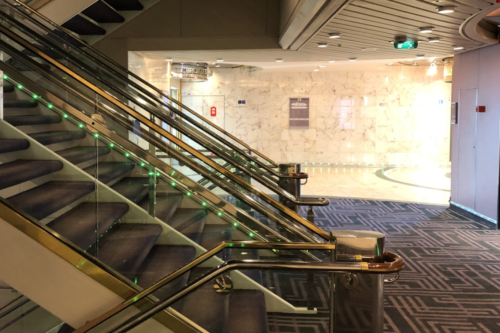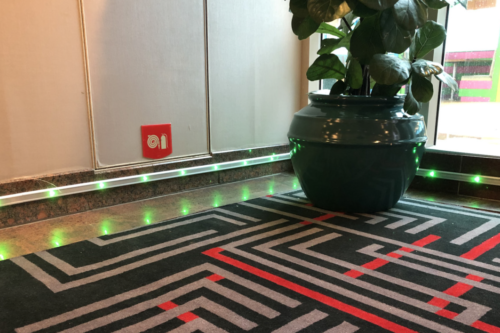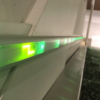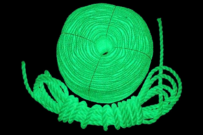Description
Electrical Low Location Lighting is a type of electrical strip used in the maritime industry, primarily for safety and navigation purposes. These lightstrips are typically installed in the lower portions of ships, vessels, or offshore platforms to provide illumination in low-visibility conditions. Low-location lights are designed to enhance safety by making it easier for people to identify pathways, exits, or obstacles, especially in emergency situations.
Electrical Low Location Lighting systems can be installed both floor-mounted or wall-mounted. These Electrical Low Location Lighting systems are considered ‘active’ systems, compared to ‘passive’ LLL systems made of photoluminescent material. Where Photoluminescent LLL systems provide illumination by photoluminescent materials that absorb and store light energy from ambient light sources, Electrical LLL systems use electrical power to generate light.
Certification and approvals
Low Location Lighting systems comply with the environmental conditions and test procedures as defined in the requirements of the current editions of:
• IEC Pub. 598-2-22
• Regulation for the Performance of Type Tests for Electric Appliances Components
• Type Approval of Instrumentation and Automation Equipment, DNV.
• Type Approval System, Lloyds Register (LR)
Technical data LED-strip
• Standard LED distance: 200 mm
• “High brightness” LEDs in color “true green” (540 mcd. minimum)
• IP Grade: IP 67
• Operating temp.: – 15° C to + 55° C
• Lifetime: > 150.000 hours
• Due to high flexibility, the LED strip can follow even 90° corners or tight curves without any electrical interruption
For more information and application possibilities, please contact us via the contact form or email sales@t-iss.com.

